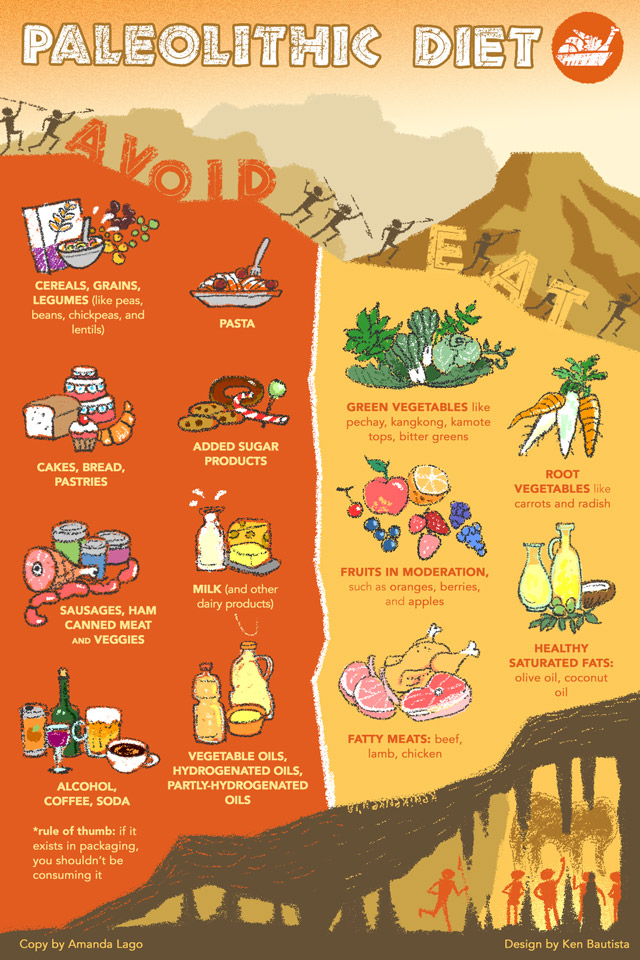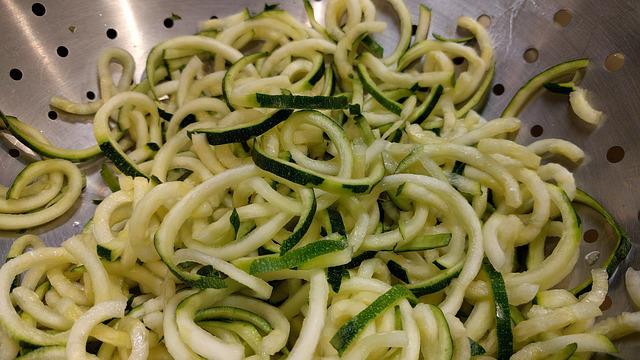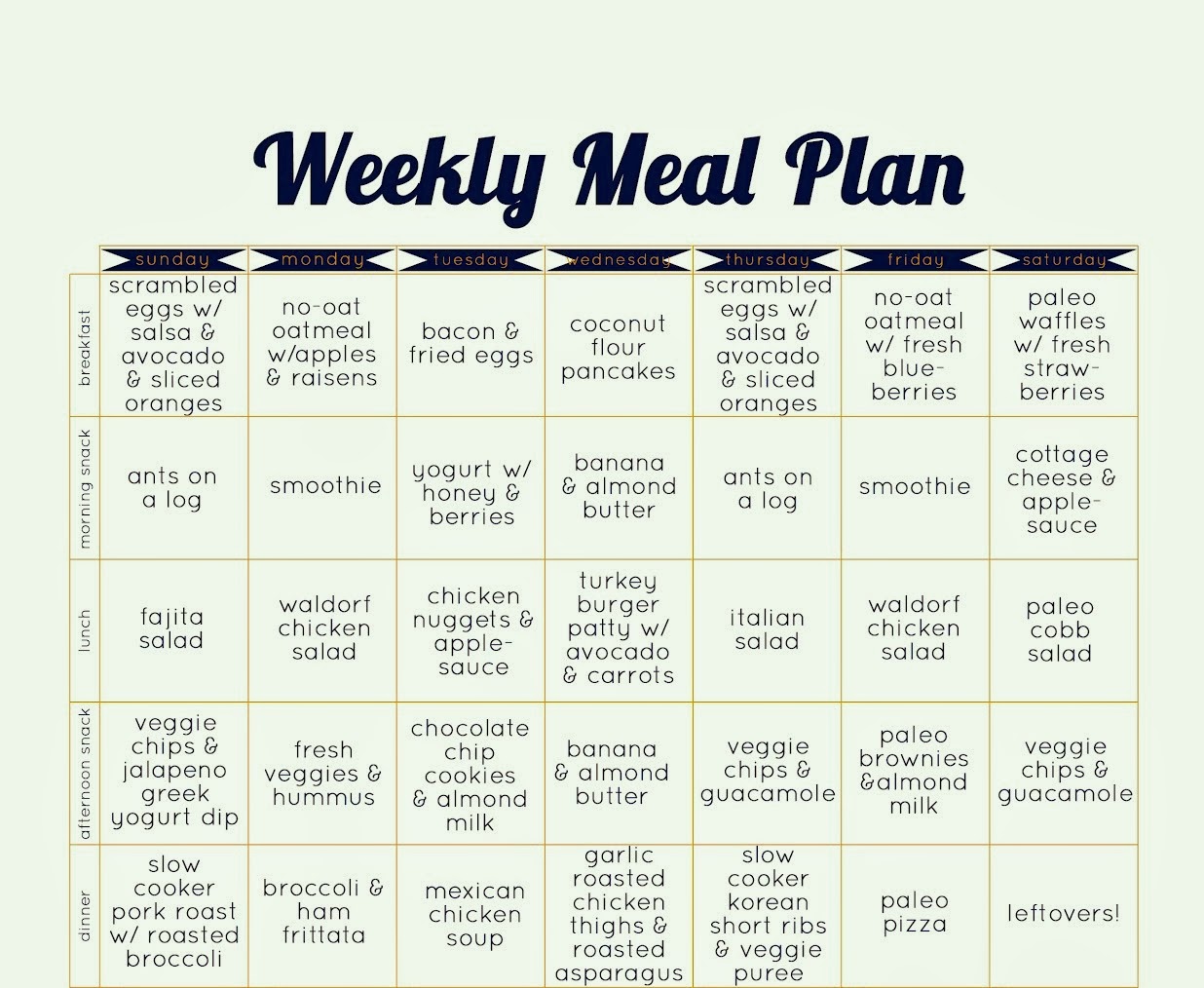
Dr. Loren C. Cordain, an expert in nutrition and exercise physiologicallogy, is a strong advocate of Paleolithic eating. The Paleolithic diet is often misunderstood. Let's look at the myths associated with this diet to see why it is important to eat healthy foods. Here are some of the biggest myths associated with this diet.
Dr. Loren Cordain
As a leading authority on human evolution, Dr. Loren Cordain is widely known. He's been featured on The New York Times, Wall Street Journal and Dateline NBC. He is also the world's foremost expert on the natural human diet. He is the author of more than 100 peer-reviewed scientific papers and pioneering research on the health benefits that eating foods from Stone Age ancestors can have on this subject.
Dr. Cordain's research focuses on the evolutionary and anthropological bases of our diets. Many of his publications are concerned with the nutritional compositions of wild animals and plants that were eaten by early human beings. He is an internationally recognized expert in Paleolithic diets. He has also lectured extensively about the topic. His books on the subject are highly popular and well-read. To learn more about Dr. Cordain, read his biography.
His research

Loren Cordain's research revealed a link between diets and certain diseases in modern civilisation. Stone Age people were less likely to consume potassium and sodium, which are linked with modern diseases. Similarly, the diet of people living in the Middle East was higher in fruits and vegetables. This may be the reason for some of our modern-day diseases. However, if diet is only one part of the problem why haven't people been eating more fruits or vegetables?
Paleo is one of today's most popular health movements. It discourages grains, whole grains and legumes, as well dairy, processed foods, and vegetable oil. Many researchers agree with this recommendation. In fact, the Paleo diet has been shown to be more effective than conventional diets in boosting your immune system and improving your health. Although Dr. Cordain’s research isn’t conclusive that these foods are necessary for human survival, it can be used by many to benefit.
His book
This book is essential reading for anyone who wants to learn the science behind Paleolithic food. American scientist Loren C. Cordain specializes both in nutrition and exercise. His book Eat to Live is the first book by a prominent advocate for the Paleolithic lifestyle. Cordain's methods are not popular with everyone, but he is supported by numerous studies.
Loren Cordain is an associate professor at Colorado State University. He is also a world-renowned expert in exercise physiology and nutrition. He collaborated with world-famous scientists to develop Paleo Diet. This is the first book written by one of the founders of this fad diet. He explains in the book how the Paleo Diet has changed our lives. You can read it now and make a change in your life.
His thoughts on nutrition

Dr. Cordain has made a significant contribution to modern health through the science and practice of diet. He holds a doctorate in health from the University of Utah. He has taught at Colorado State University since 1982. He has been featured on Dateline NBC as well as the Wall Street Journal and the New York Times. He is widely regarded by the world's leading authorities on natural diets.
Taking a look at paleolithic diet history, Cordain provides valuable insight into the benefits of this lifestyle. Paleo was first presented to the world in 1998 by Dr. Boyd Eaton. Since then, it has been one the most popular dietary trends. Dr. Cordain continues research into the diet's health benefits for everyone, including children. He also offers insight on legumes and dairy and the health benefits of carbohydrates.
His critics
Criticians of Loren cordain’s Paleo Diet use a variety of facts and examples to prove that it is not healthy. Even though lean meats contain a lot of protein, the diet lacks vital nutrients such as calcium and salt. It does not supply the body with essential nutrients like vitamin B and omega-3 fatty oils.
FAQ
How do I become a chef?
First, you need to earn a culinary arts diploma in order to get a job working as a chef. You can then join a professional group such as ACF. This organization offers certification exams, as well networking opportunities.
What is the difference between a chef & a cook?
A chef prepares food for other people. A cook cooks for others. A chef, on the other hand, works directly with customers. This means they may have to decide what to serve guests based on their preferences. A cook doesn't need to interact with clients. Instead, they ensure that the food tastes delicious before they serve it to others.
What should a beginner cook start with?
Beginners should begin cooking simple dishes like soup, pasta, and rice. You can learn how to cook by looking at a cookbook or watching a YouTube video. Cooking is fun when you do it with someone else. You can cook together as a family or with friends.
What are the Qualifications to be a Chef
A bachelor's degree is required to become a chef. In addition, you need to pass a series of tests administered by the ACF. You will be issued a certificate once you meet all the requirements.
How can I cook like a professional?
Cooking can be a great way for you to grow as a person. You can increase your self-confidence by learning how to cook healthy foods for yourself and others. Start cooking at home if you want to learn how to cook. Find out what recipes you love first. Next, study books about different foods like Chinese, Mexican and Italian. Finally, learn how to make different dishes until you are comfortable with them.
Statistics
- The median pay for a chef or head cook is $53,380 per year or $25.66/hour, according to the U.S. Bureau of Labor Statistics (BLS). (learnhowtobecome.org)
- under 10 Kids have been taught that there is special food just for them, and Fiese says that 10 percent of kids will throw a tantrum if they don't get the food they want. (washingtonpost.com)
- On average, chefs earn $58,740 a year, according to the BLS. - learnhowtobecome.org
External Links
How To
How to make the perfect omelet
Omelets are a favorite breakfast food of mine. But how do they turn out so perfectly? Many different recipes and methods have failed to work for me. So I wanted to share some tips and tricks so that you can make delicious, fluffy omelets every morn.
We should first know that eggs are very temperamental ingredients when making omelets. It is important that eggs are fresh from an organic market and kept cool until used. You must keep them cool enough to allow the whites to form properly and the yolks to become too runny if they're not kept at the right temperature. Your omelets will look strangely colored if this happens. It is best to use room-temperature eggs if you are going to cook them right away.
You can also separate the egg before you add it to the pan. It is important not to allow any white to mix with the yolk as this could lead to the omelet becoming curdled.
The egg can burn if it is placed directly on the stovetop. Instead, place the egg in the microwave for 10 second before you put it in the skillet. The microwave heat cooks your egg just right, without it becoming too soft.
Next, let us talk about how to mix the eggs. When you mix eggs together, you want to beat them well. To do this, grab the bowl of the mixer and turn it upside down. Next, shake the bowl vigorously. The egg will be thoroughly mixed in the bowl as the air is whipped.
The fun part begins - you need to pour the milk into your mixture. First, pour half of the milk into the beaten eggs and then fold the eggs gently into the remaining milk. Do not worry if you see streaks of egg; they will disappear when the omelet is flipped.
After you have folded the eggs, heat the oil in a pan over medium heat. Once the oil has started to sizzle, turn the heat down to low. Once the oil begins to heat, add 1/4 cup butter and swirl the pan to coat it. Open the lid and sprinkle salt on the pan. Salt will prevent the omelet sticking to the pan.
Once the omelet has formed completely, cover the pan and let it set for a few minutes. Use a spatula to flip the omelet or turn the pan upside-down. Cook the second side for a minute or so. Take out the omelet and place it in a bowl.
This recipe works best using whole milk. Skimmed milk is also possible.